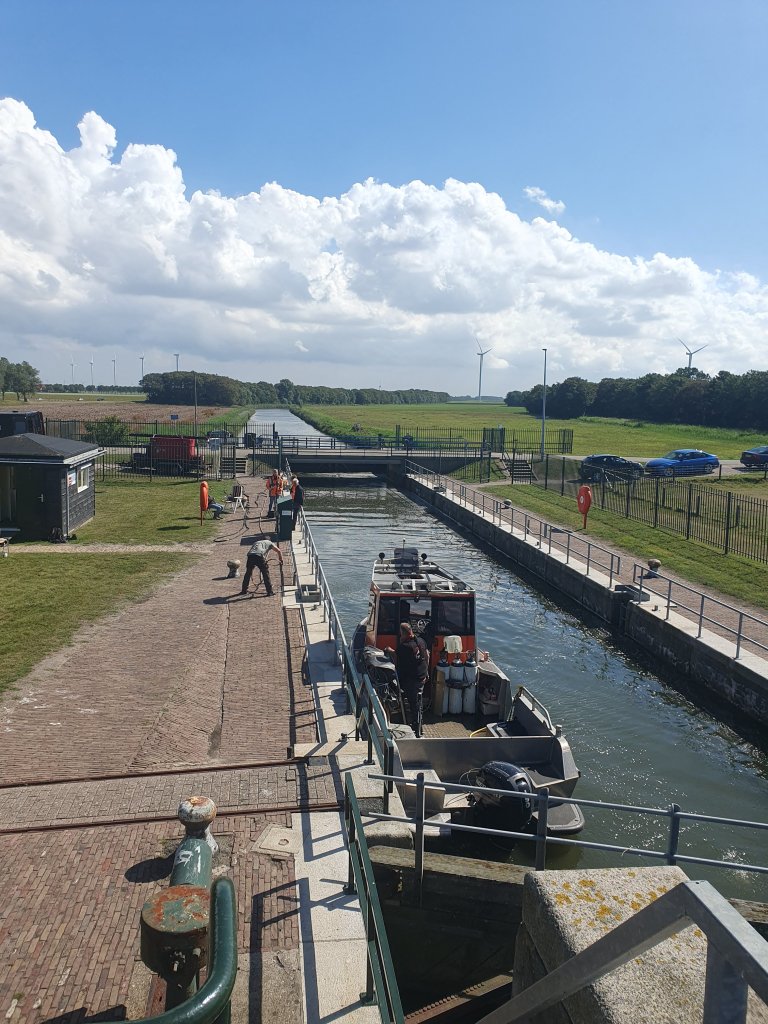Project Wieringermeerkering/ Haukes Lock
What will happen?
The Wieringermeer barrier protects the area around the Amstelmeer and the Wieringermeer against high water. No reinforcement is needed for the dike sections Westerlanderdijk and Amstelmeerdijk and two of the three locks (the Ulkesluis and the Haukeskeersluis).
The Haukes lock is an exception to this. Additional research shows that this lock does not meet water safety standards and is also at the end of its service life. To determine what needs to be done with the lock, the concrete structure was examined underwater last summer.
The results of this study will be incorporated into a report with four possible variants for the future of the lock. For each variant, the costs, management and maintenance and social effects will be carefully Map .
Together with the province of North Holland and the municipality of Hollands Kroon, we are looking at which solution best suits the future of the Haukesschutsluis and the area around it. It is expected that at the end of this year a final choice will be made administratively and agreements will be made about the division of costs and future management and maintenance.
When will the work take place?
Once it is clear which variant will be chosen, a schedule for carrying out the work will follow. The target is to have the lock compliant by the end of 2030.
The other parts of the Wieringermeer barrier (the dike sections and the other two locks) are included in regular maintenance by the management department. Where necessary, measures are combined with other work in the area. In this way, we will keep the barrier safe and well maintained in the future as well.
Background
The Wieringermeer barrier is a historic water barrier in the head of North Holland. The barrier runs from the Amstelmeer to the IJsselmeer near Medemblik. The project is part of the High Water Protection Program (HWBP), in which water boards and Rijkswaterstaat work together to build strong and safe dikes in the Netherlands.
Learn more
Learn more about the background of this project on the High Water Protection Program (HWBP) website.
